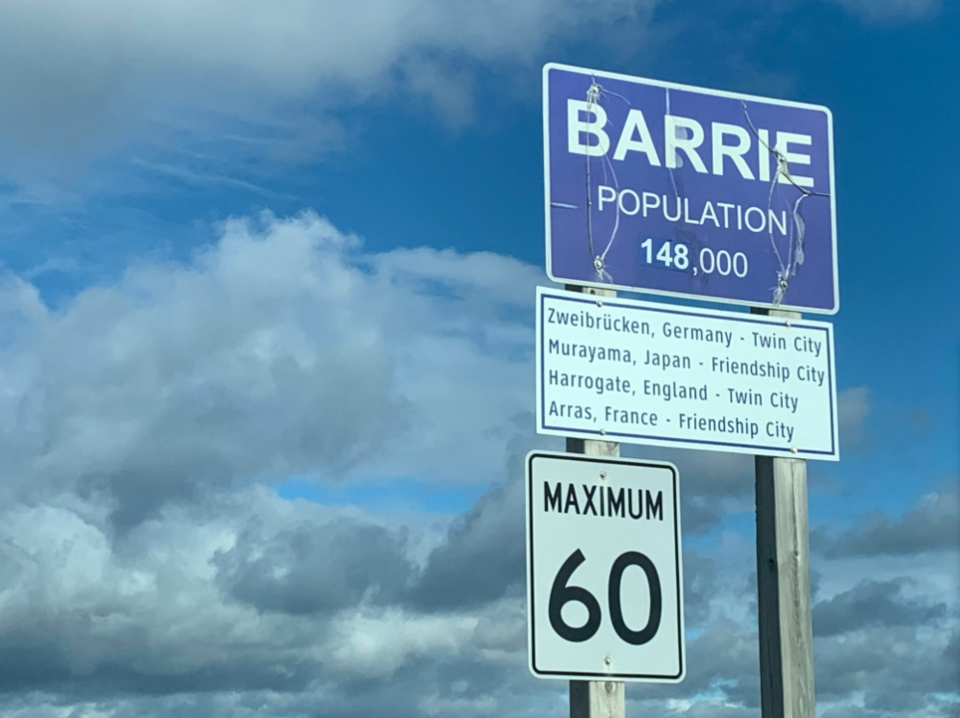Despite all the people leaving Ontario for other provinces this past year and a major decrease in immigration from other countries due to the pandemic, the Barrie area kept on growing last year, according to Statistics Canada.
But the growth from July 2020 to July 2021 was down slightly, typical of the experience in large and small urban regions across the country as StatCan’s Annual Demographic Estimates shows accelerated migration from large urban centres to outlying areas.
The Barrie Census Metropolitan Area, which includes Innisfil and Springwater Township as well as Barrie, grew by 3,162 people or 1.4 per cent to a total of 221,576 last year.
The greatest majority of Barrie’s growth — 3,495 people — was from intraprovincial migration, or people moving here from elsewhere in Ontario. There was also a natural increase of 176 and international migration of 113 minus the 622 people who left the area for other provinces, largely heading for British Columbia and the Atlantic provinces.
“There’s more people who… moved from somewhere else in Ontario to Barrie than people who moved from Barrie to somewhere else in Ontario,” StatsCan centre of demography analyst Sebastien Lavoie told BarrieToday. “The difference of those two led to being the main source of growth seen in Barrie.”
The total growth for the Barrie CMA in 2020-21 was lower than the growth of 4,064 people the previous year and 4,252 in 2018-19.
Lavoie noted the trend last year followed one seen during the first year of the pandemic across Canada, which saw a drop in international migration. At the same time, there was increased movement across the country which resulted in a loss of population in Ontario and Quebec and gains in British Columbia and the Atlantic provinces.
He points to the largest out-migration Toronto and Montreal have experienced in at least 20 years resulted in a suburban sprawl from the core of those cities to outlying areas, including rural communities.
While Barrie lost some people to other areas, that was “massively” counterbalanced by the people already in Ontario moving here, said Lavoie. He suggested that the trend of movement out of Toronto’s core was a source of much of that movement, given Barrie lies on the outer rim of the Golden Horseshoe.
No information was available about the impact of the movement on the rest of Simcoe County.
“While the population (in Barrie) is growing, it’s almost entirely supported by people from Ontario moving and it’s pulled back a little by the number of people in general in Ontario that are leaving,” he said.
Overall, the past year is a reflection of trends experienced in recent years — a movement from the core of metropolitan cities to outlying areas.
Lavoie said the difference now is that the rates may have been accelerated by the pandemic.
While the numbers don’t indicate the reasons for the movement, they do show the desire for more space. It is largely believed that the movement from offices to remote work forced through the pandemic fuelled an exodus from Toronto to areas with more space, like Simcoe County.



